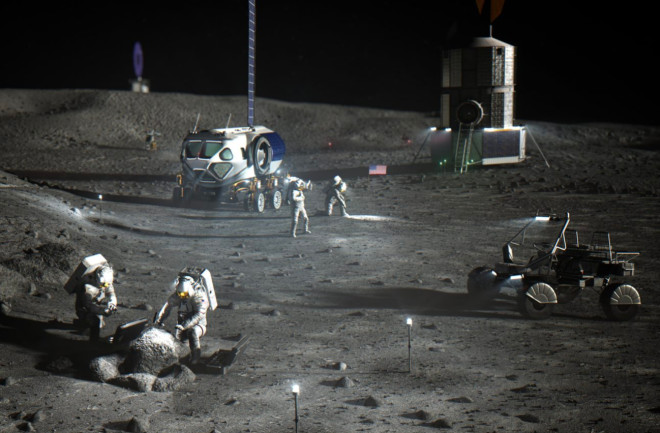Living on the same planet that we evolved on, it can be easy to take things for granted. We have an abundance of fuel and fresh water, plants and animals for food, and an atmosphere with plenty of oxygen.
Yet we also have plans to send people off-world. In the coming decades, humans will set out to explore our solar system in greater detail than ever before; we have plans to erect a base on the moon through NASA’s Artemis mission, and even send the first people to Mars.
Is There Oxygen in Space?
No, there is no oxygen in space. Therefore, scientists and engineers must figure out how to best provide crucial resources to the people who first set foot on these foreign worlds.

